osveneficus
55 posts
25 - UT. Taxidermy side-blog for @carnivxre!
Don't wanna be here? Send us removal request.
Photo
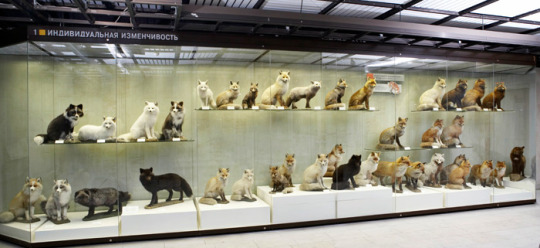
Taxidermy foxes at the State Darwin Museum in Moscow, showing the variety of colors created through captive breeding.
(via Evrim Çalışkanları)
2K notes
·
View notes
Text

The worst taxidermied fox I ever saw at the boot sale.
34 notes
·
View notes
Text
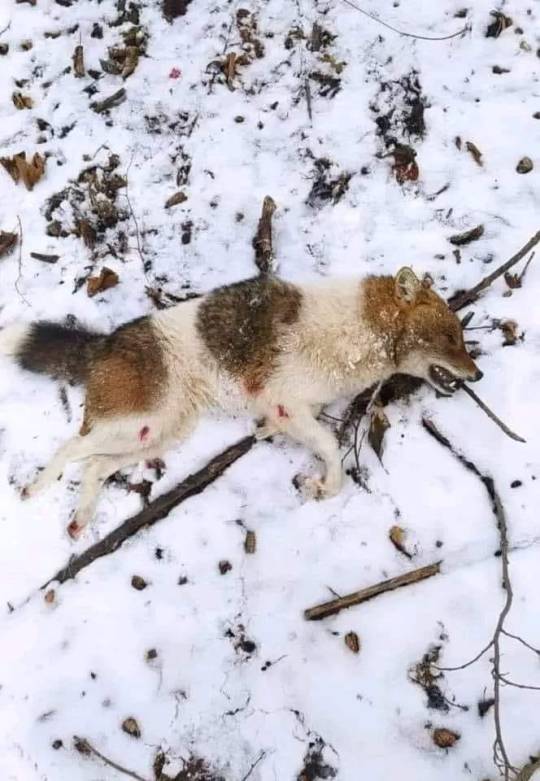
Piebald Golden Jackal (Canis aureus) killed in Serbia.
It's possible this animal may be a hybrid with a domestic dog. Hybrids between the two species are well-documented, however a similar-looking piebald jackal culled in Israel was DNA tested and found to contain no trace of domestic dog ancestry, suggesting this colour pattern may also occur naturally in the species.
Photo from Six By Six Hunting
220 notes
·
View notes
Text

Via
Specimen jar containing three female Japanese Bitterlings, 1930-1980
© The Board of Trustees of the Science Museum
21 notes
·
View notes
Text
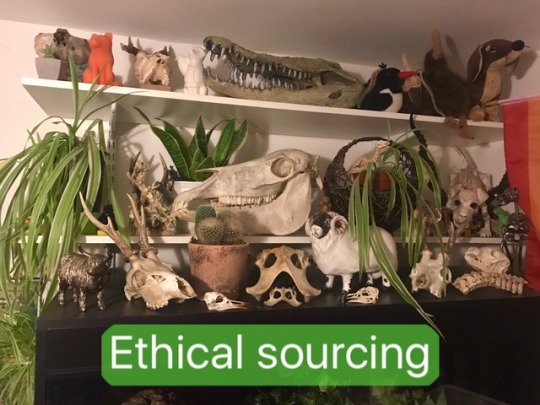
There’s been lots of fresh faces in the Vulture Culture tag recently (hello, welcome!) so I thought I’d quickly explain a phrase you may come upon in the community. What does ‘ethically sourced’ mean, exactly?
Well… It means nothing. Ethics are subjective, and what counts as ethical to one person, may not be to the next. So if in doubt, ask someone to be more specific. It’s not the same for everyone.
Ethical does not always equal a humane death. Natural deaths for wildlife are very, very rarely humane - starvation, predation, illness, disease, injury, freezing, drowning - these are common causes of death for wild animals, they often do not die quickly. It is a sad fact of nature. Personally, I consider wild found bones ethical, but some people may not.
Roadkill is not ethical to everyone. For exactly the same reason as natural deaths, often it’s not a quick death for the animal. Again, I personally consider roadkill to be an ethical source, because of the lack of human intent behind the death - 99% of the time, someone doesn’t want to hit an animal with their car, it’s a sad accident. We just collect what is left behind.
Hunting is ethical to some. A death by a skilled hunter is often the quickest of all. This is not considered ethical by some, as it is an intentional death caused by a human, but to others who define their ethics by a humane death, it is. Usually a hunted animal will have all its parts utilised, including the meat, pelt, and bones. It’s also heavily regulated, meaning only a certain amount of animals are allowed to be taken, keeping populations stable.
There are sources that I’m sure most of us agree are not ethical, for example - poaching, farmed animals from countries with no animal welfare laws, and found domestic pets without attempting to look for an owner.
There are some topics where there is a definite split between what people consider ethical or not. Is trapping ethical? Fur farming? Antique specimens? Population control? ‘Ethical’ has no set meaning between people, so it is always best to clarify. There are some things which may not seem ethical at first, but after listening to why someone else finds it ethical, it can give you something to think about.
343 notes
·
View notes
Photo
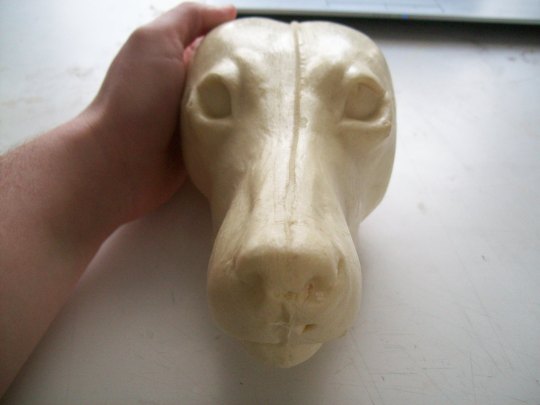

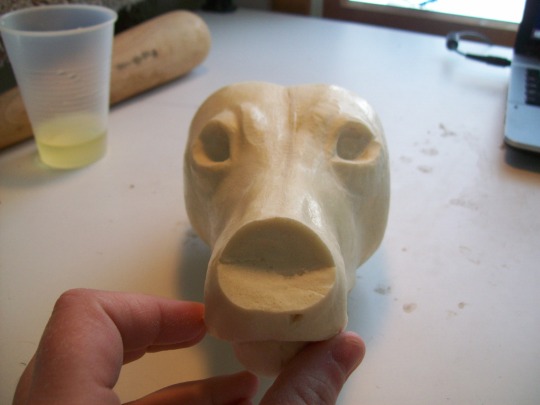
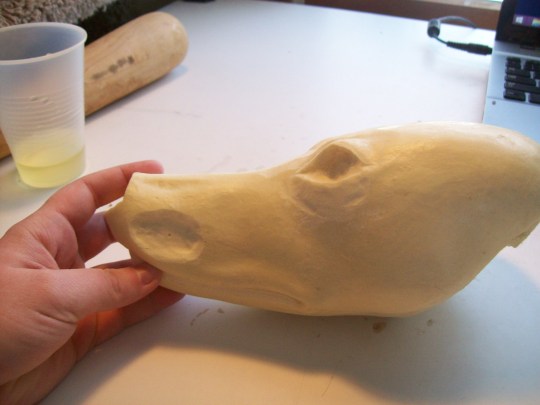
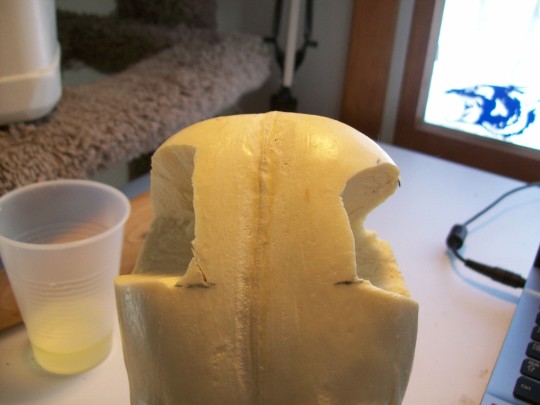
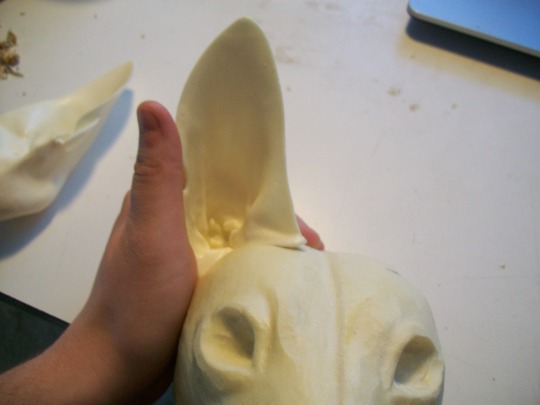


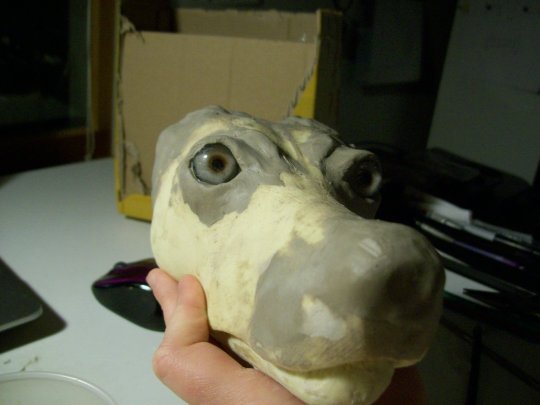
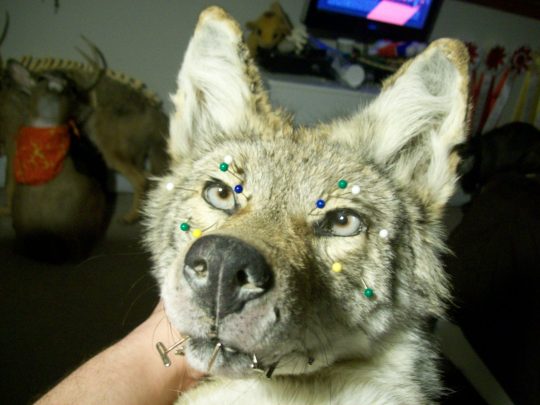
How I mount heads, the coyote addition.
Now will throw a disclaimer that everyone has their different ways of mounting animals. This is the method I was taught and will say its a method that works best for me.
We begin with a head form! This was the head form that came off a lifesize form that I using a for a coydog, the head was too big and instead of wasting a head form, made a soft mount. But back to the form, as you can see, wasn’t a great sculpt. Anyone doing taxidermy will tell you that no head form is going to be perfectly symmetrical. That is where the sculpting comes in! I sanded down and remove some material in order to get it semi-symmetrical.
I next proceeded to cut out the lip line where the lip skin will be tucked, cut the nose form off and sand out divets where the whiskers would go. The nose on the forms are usually poorly sculpted and cut those off and put clay in there so I can sculpt a nose instead. For competition work, some will use a casted nose over the nose skin in order to make a very nicely done nose. Once all the areas are prepped, I do a test fit to make sure everything will work out. Once happy, I go ahead and sand the form down and then figure out placement of the ears.
Ears are very tricky I will say! I will mention off the bat that those ‘cheap’ earliners are garbage and recommend competition earliners for all mounts since it has all the inner ear details. I’m also one of those folks that prefer earliners over bondo because I find them easier than messing with bondo.
Most forms do have an area that marks where the ear canal is to help make the location of where the ear goes easy. But in my case, there was no marker so used reference photos and coyote skulls to figure out my placement. Once I draw out the outline (which wasn’t perfect), I cut out the area so the ear butt can fit in there. I recheck the ears again and once satisfied, I remove the ear cartilage of the ears (you can remove all of it or in my case today, got most of it remove and cut the remain cartilage and ear butt), sand the earliners and then mix up 2 part epoxy glue for the ears and put the earliners in the ears. I recommend the ear glue as its cures in a few hours and that it very strong and prevents drumming.
Now the sculpting begins! I go ahead an add clay to the nose, whisker area, ear area and the earliners to get them ready. I then set the eyes in with clay and then do a rough sculpt of the structure in the eyes. These don’t need to be perfect as the wet skin going over them usually messes them up, you just want the basic shapes. I then wait a bit to let the clay set up before pulling the skin over. As you can see in the photos, there isn’t a lot of clay! A very common mistake I’ve seen in soft mounts is people literally covering the form with so much clay that its crazy! You don’t need that much clay! The forms are sculpted decently enough that your just adding in crucial details and really very unnecessary to add so much clay. You really only need clay in the nose, whiskers, eyes and ears and sometimes the lips.
Once the clay has set up, I paint on some hide paste on the back of the head up to about the eyes and slip the skin on the form. Ears are set up into the correct position before I paint hide paste on the muzzle and pull the rest of the skin together. The lips are tucked into the lip slot, followed by the nose being sculpted and then tucking the eyelid skin into the eyes and do a final sculpt on them. Finally use references to groom the fur pattern while hitting it with a blow dryer.
I’ll also note that the amount of pins I used. Normally I might use around 10 to 15 at most, had to use a bit more since I was worried about the skin pulling in some areas. You only need a few in the lips, eyes and maybe the ears but otherwise you don’t want the mount to look like a porcupine! If done correctly and the skin prepped right, only a few pins should hold everything in place.
And with that, you got a nice and decent coyote head mounted! You can adjust things as the mount dries and touch up things. Once its dry, its then time to go in and clay in areas that might have pulled away before we get to the finishing work.
202 notes
·
View notes
Text
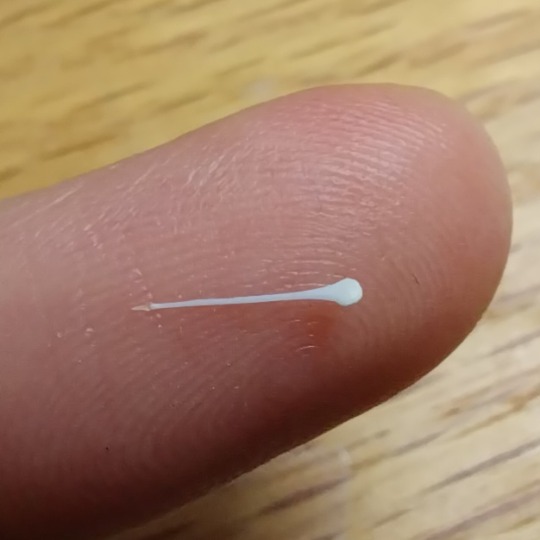
Deer mouse baculum. Teeny weiner!
125 notes
·
View notes
Text
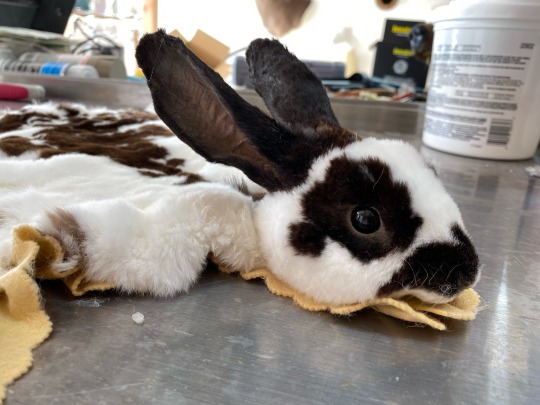
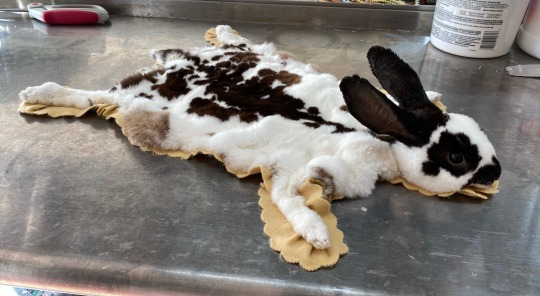

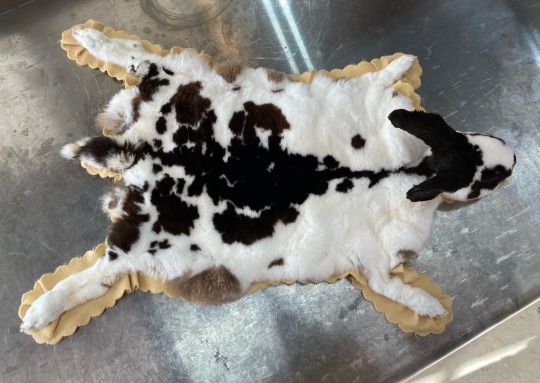
Got this beautiful baby done today <3
He’ll be going home tomorrow.
Photos shared with permission from the customer.
141 notes
·
View notes
Photo



Examples of dwarfism in wild European foxes.
The first fox was taken in by a UK wildlife rescue in 2017. Sadly it was too ill to save and had to be euthanized. Photo by South Essex Wildlife Hospital.
The second two photos are from 2018 of a fox living in a village in Kent, England. The fox seems to be healthy and coping well in the wild, although according to the photographer it is unusually tame and shows no fear of people. Photos by David Milnes.
334 notes
·
View notes
Text

X-ray of an opossum and her babies. She was by a car and taken to a vet clinic. She survived with no broken bones [source].
486 notes
·
View notes
Text

an ode to roadkill • 12/17/22
46 notes
·
View notes







